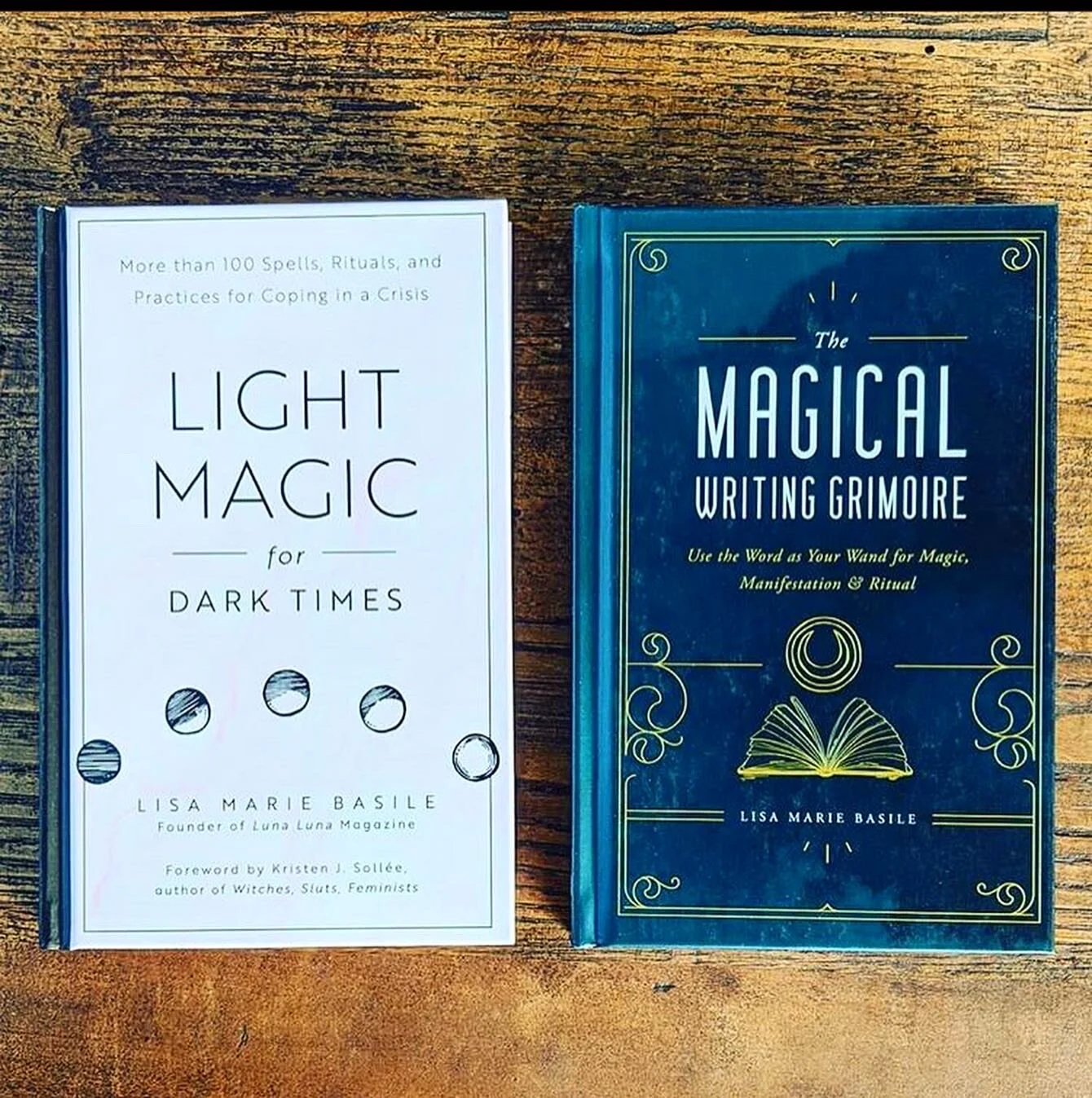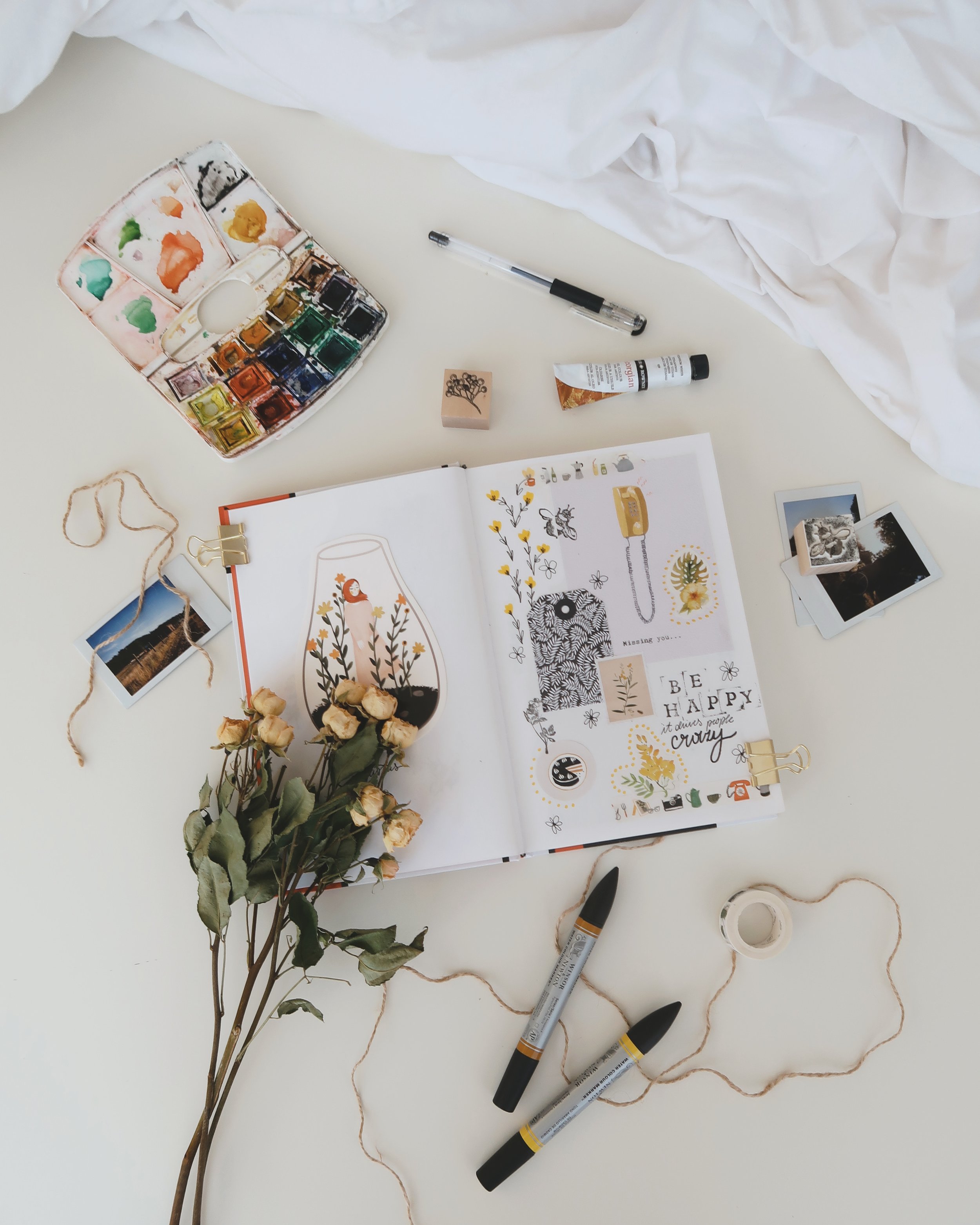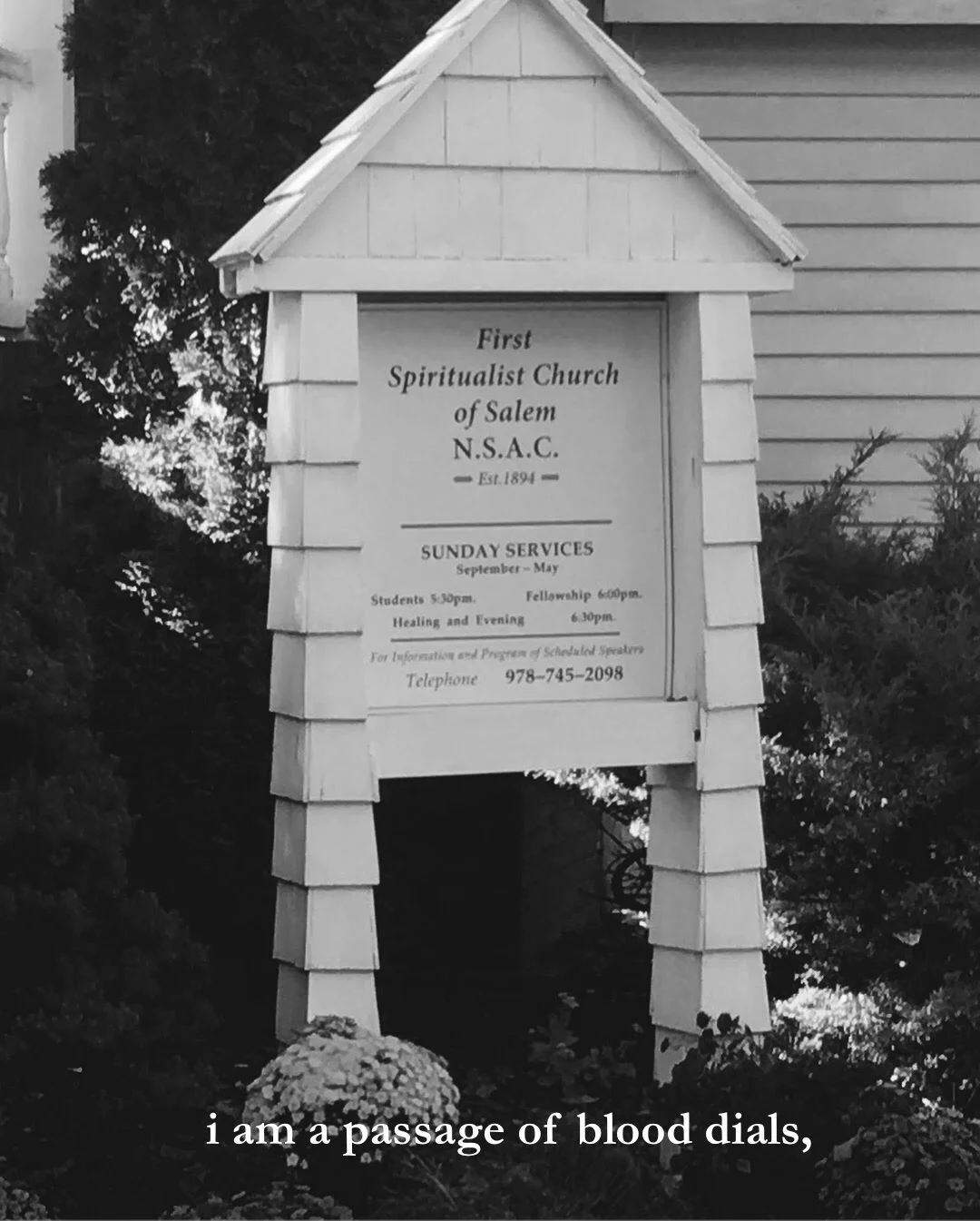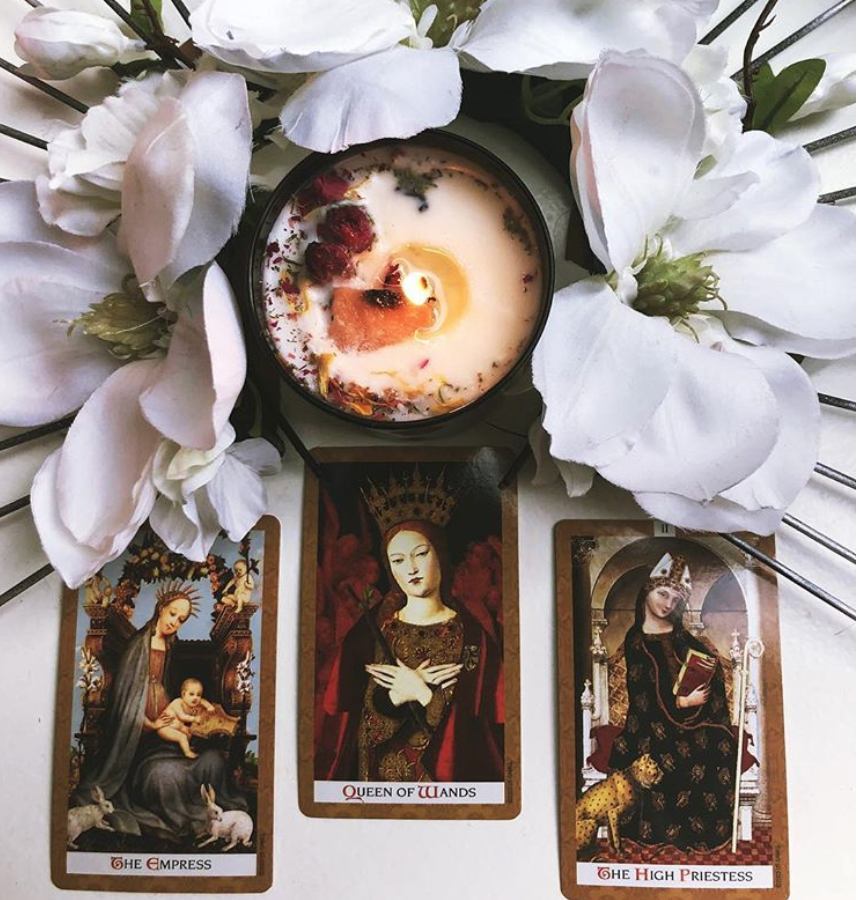BY SIN RIBBON
Most believe a tarot deck’s use lies in divination, cards cast in a particular spread in order to foretell the future, yet many experienced tarot readers will you it is less about seeing into the future and more about providing insight to the individual asking the question. I rarely use tarot cards on others, but whether I’m giving a reading to someone else or divining the cards for myself, the search is always for guidance.
Most of us are worried about something at any given time. When a problem is solved, we shift our attention to a new one. Some find calm through meditation, yoga, or a relaxing hobby, and while these activities are healthy for the mind and body, tarot may provide specific clarity to the troubles that we face. I use the cards to better understand myself, the hidden subconscious layers that are often masked in superficial anxieties. Whenever I face an obstacle, the cards illuminate aspects I may have overlooked or ignored. It frames a new perspective, and that allows me to see things in a new way. Other times, they provide a friendly reminder that I am simply moving through a difficult period and that the light will shine again. They’ve provided me with a great deal of strength and reassurance over the years.
There are a wide variety of spreads (and decks) one can use; no one way is wrong. Even a typical playing card deck may be used, and there are several variations of the traditional tarot as well, some replacing the major and minor arcana altogether in favor of alternate meanings (oracle decks). I own six decks spanning tarot and oracle, and each has its own personality. One deck I use almost exclusively for the traditional Celtic cross formation (ten cards) that I divine for other people; another for decorative purposes in my home, such as pinning the cards to doorways and surrounding artworks; and the others I use for personal readings in spreads that rarely exceed six cards, the choice of deck depending on the answers I’m seeking.
Even traditional tarot decks will vary in meaning between decks. While each card in the tarot has an assigned meaning, every deck creator has their own interpretation. Some decks include reversed meanings whereas others must always be read right-side up. As you get to know a deck, so to speak, you will form unique interpretations of the respective cards; certain cards may appear frequently or carry special meanings.
RELATED: Read Tarot With a Simple Deck of Playing Cards
Divining the cards is a meditative process that requires an open mind. Cards will share truths you may be resistant to receiving, so it’s important to be objective and willing to see from a new perspective. Quite a few people misunderstand the cards and assume they provide clear yes’s and no’s, but the search for wisdom is an internal one. A solution discovered on your own is more powerful than one simply told to you. Many times the reader is faced with aspects of a situation they were subconsciously aware of but had yet to assemble into a coherent whole. I drew a reading for a friend who received several cards highlighting her submissiveness and inability to stand up for herself, sacrificing her wants and needs in the process. She realized this part of her personality was a bigger issue than she had wanted to admit and thus could work on becoming more assertive. This progression from latent problem to personal growth is how the cards are most effective. Often, the cards provide validation for things we suspect may need focus, change, or healing, but we’re too afraid to face those issues until an outside source says, “Go for it!” The cards can provide specific insight in this way which is why they are a part of my personal journey for enlightenment and spiritual growth.
Validation is something we all crave. Whenever I am sleepless with anxiety, upset about rejected opportunities, or feel like my life is progressing too slowly, I turn to the cards. Sometimes they call me to action. Other times, they reassure me that difficulty is a natural part of the journey. Recently, I drew an oracle card that comforted me by telling me that while this point in my life was painful, it was okay to feel hurt. Suffering can be our greatest teacher, showing us the depth of our humanity and stretching our limitations to become stronger and more understanding. Drawing that card assured me that my pain was valid, and all I needed was time to heal. Sometimes, that’s all you can do.
In a strange way, the cards function as more of a therapist, providing insight, comfort, and encouragement when I need it most. They illuminate personal faults while providing guidance on how one can move forward. While one may attempt to foretell the future with tarot cards, I believe that would leave the reader disappointed, as the point of life is not to avoid problems but to change into someone capable of handling them.
If you’re looking to start using tarot and oracle decks, consider shopping around. Choose a deck whose artwork and meanings resonate with you personally. I believe that card divination is merely a translation of truths we already know but which have fallen lost in the sea of doubt and second-guessing. Think of a spread as a diagram of intuition. Tarot and oracle readings are a way of bringing sleeping issues and solutions to light, a method of becoming more honest with ourselves and listening to that still small voice which is always trying to guide us.
Like this work? Donate to Sin Ribbon.
Sin Ribbon is a storyteller on page, canvas and screen—her work culminated from poetry, screenplays, films and paintings. An eclectic blend, she draws from the philosophical and spiritual to spin existential tales of encouragement and consequence. Her works originate from the caverns of introspection and explore issues of identity, origin, loss and depression, and the quest for meaning. You can find her art on her website at https://sinribbon.com and her narrative podcast, 'In Her Burning: A Surreal Diary,' on iTunes.































